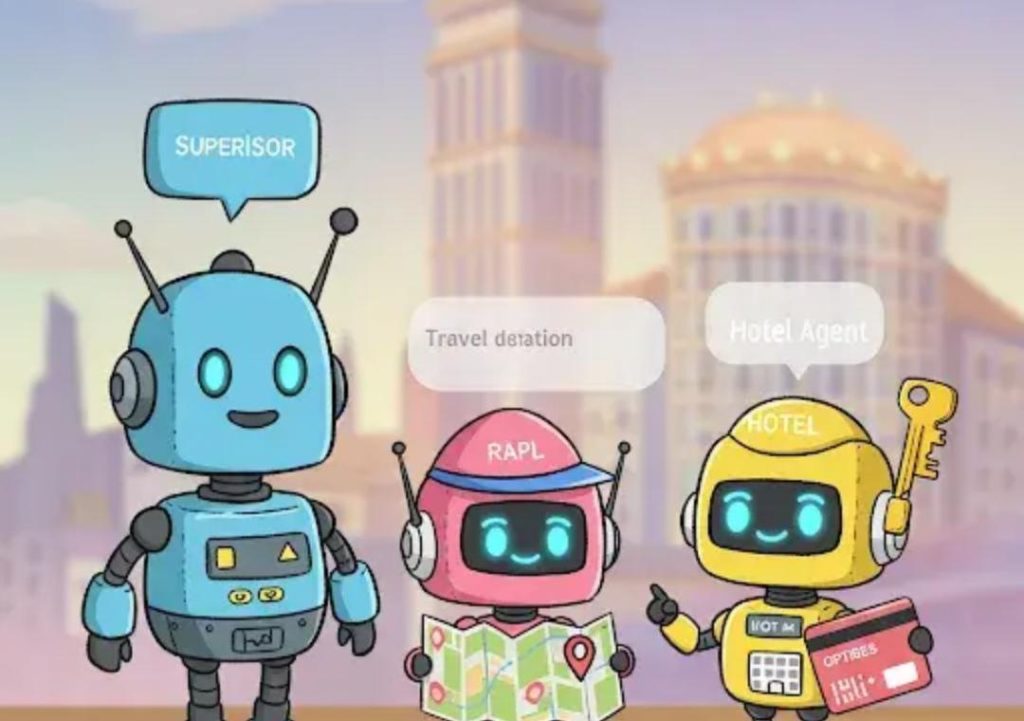
Multi-agent collaboration mimics real team dynamics
In the world of artificial intelligence, we often focus on the benefits of a single, super-smart AI agent. However, why rely on one agent when you can deploy a full team? Multi-agent systems allow different agents to specialise, communicate, and collaborate across tasks—like research, validation, and reporting. This modular setup creates digital workflows that mirror human teamwork, but at machine speed and scale.
In traditional AI systems, a single agent is designed to perform a specific task or set of tasks. While this approach can be effective, it has several limitations. For example, a single agent may not have the expertise to tackle complex problems or adapt to changing circumstances. Additionally, a single agent may become overwhelmed by the sheer volume of data or tasks, leading to decreased performance and efficiency.
Multi-agent systems, on the other hand, offer a more flexible and adaptable approach. By deploying multiple agents, each with their own strengths and weaknesses, you can create a team that can tackle complex tasks and adapt to changing circumstances. Each agent can specialize in a specific area, allowing the team to cover a wider range of tasks and expertise.
But how do these agents collaborate and communicate with each other? In a multi-agent system, agents can be designed to communicate through a common language or protocol. This allows them to share information, coordinate their actions, and make decisions together. For example, a research agent may gather data and pass it to a validation agent, which then verifies the accuracy of the data before passing it to a reporting agent to generate a summary.
One of the key benefits of multi-agent systems is their ability to mimic real-world team dynamics. Just as human teams work together to achieve a common goal, multi-agent teams can collaborate to achieve a shared objective. This collaboration can take many forms, including:
- Task allocation: Each agent can be assigned specific tasks or sub-tasks, allowing the team to divide and conquer complex problems.
- Communication and coordination: Agents can communicate with each other to share information, coordinate their actions, and make decisions together.
- Specialization: Agents can specialize in specific areas, allowing the team to cover a wider range of expertise and tasks.
- Adaptation: Agents can adapt to changing circumstances, such as new data or changing requirements.
Multi-agent systems have many applications in various industries, including:
- Healthcare: Multi-agent systems can be used to analyze medical data, identify patterns, and generate treatment recommendations.
- Finance: Agents can be used to analyze financial data, identify trends, and make investment recommendations.
- Manufacturing: Agents can be used to optimize production processes, manage supply chains, and predict maintenance needs.
- Environmental monitoring: Agents can be used to monitor environmental data, identify patterns, and generate alerts for unusual activity.
In conclusion, multi-agent collaboration mimics real team dynamics by allowing different agents to specialise, communicate, and collaborate across tasks. This modular setup creates digital workflows that mirror human teamwork, but at machine speed and scale. By deploying multiple agents, each with their own strengths and weaknesses, you can create a team that can tackle complex tasks and adapt to changing circumstances.



